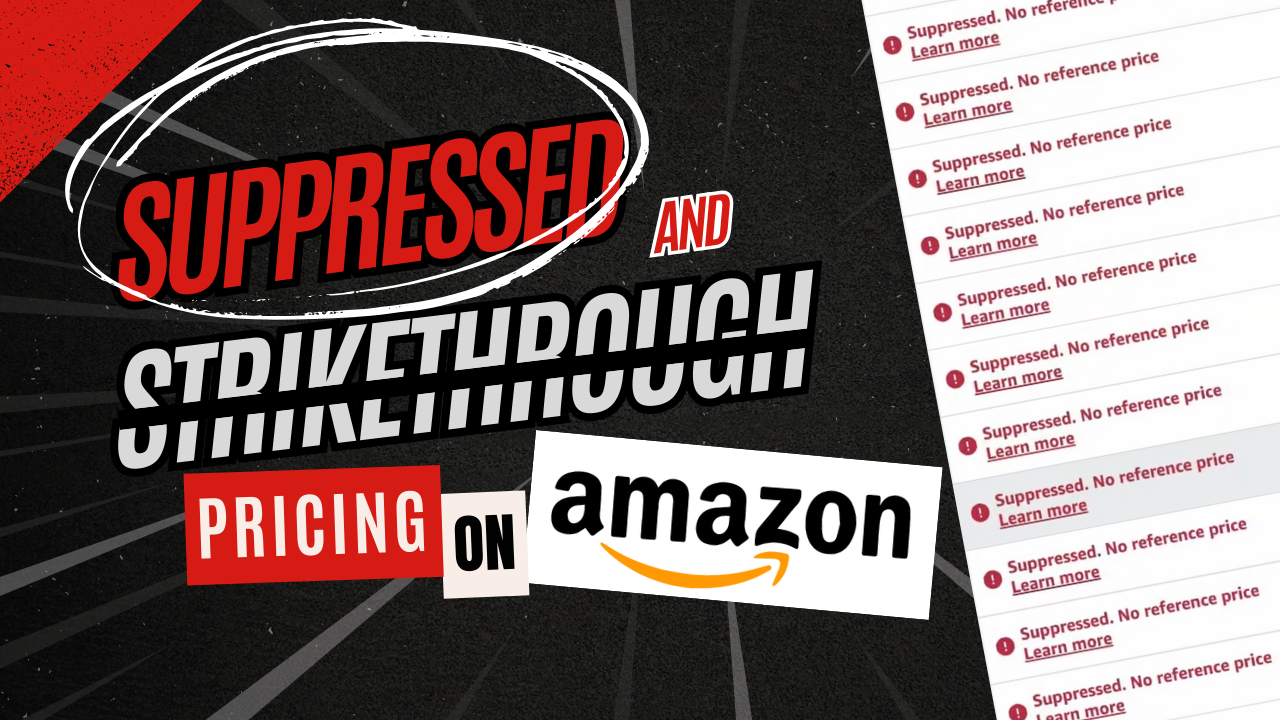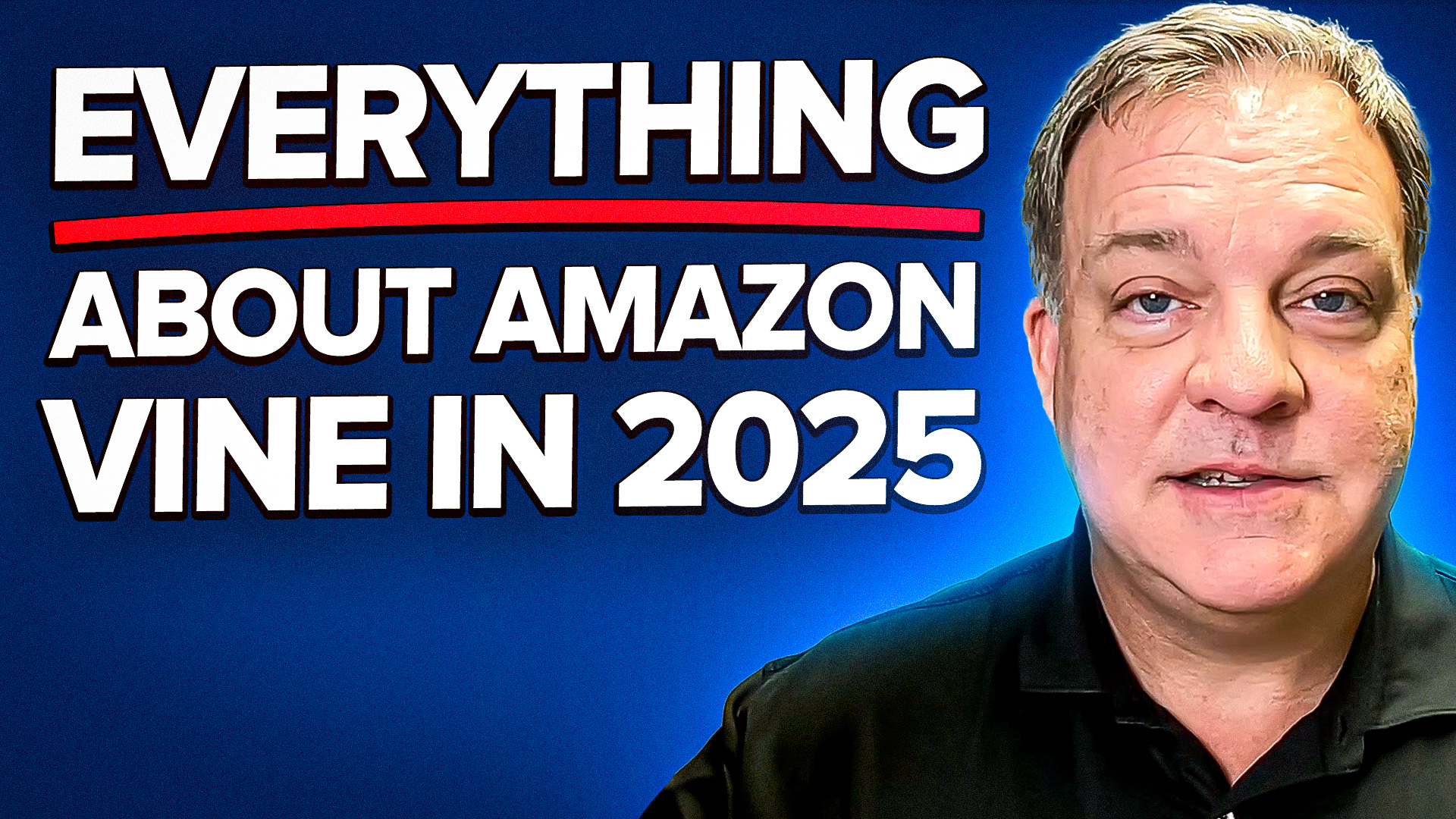For Amazon sellers, understanding pricing strategies is crucial for success. One common challenge is managing the reference price, also known as the list price. This article will explore effective strategies to tackle issues related to Amazon’s strikethrough pricing and “no reference price” errors. By mastering these concepts, sellers can enhance their pricing and improve their sales performance.
Understanding Strikethrough Pricing
Strikethrough pricing is a marketing tactic used to show customers the savings they can achieve when purchasing a product. Instead of displaying just the sale price, Amazon allows sellers to show the original price struck through, creating an impression of a discount. For example, if a product is regularly priced at $24.99, it can be displayed as:
- $24.99 (struck through)
- $21.99 (sale price)
This visual representation suggests that customers are getting a better deal, enticing them to make a purchase. However, to achieve this effect, sellers must navigate Amazon’s pricing rules effectively.
The Importance of Reference Price
The reference price, or list price, is an essential component in the pricing strategy on Amazon. It is used to determine the validity of discounts and plays a crucial role in promotional campaigns, especially for Prime exclusive deals. Here are the two primary ways the reference price impacts sellers:
- Discount Visibility: If a reference price is not established, any discounts will be suppressed, preventing them from showing up on the product detail page.
- Sales Eligibility: Many promotional programs require a valid reference price for participation, which can limit selling opportunities.
Setting Up Your Prices in Seller Central
When managing your listings in Amazon Seller Central, it’s important to understand the three types of prices you can set:
- Your Price: The everyday selling price.
- Sale Price: The discounted price, which must be lower than your price.
- List Price: The reference price that indicates the original value of the product.
To create effective strikethrough pricing:
- Set your everyday price (e.g., $24.95).
- Define your sale price (e.g., $21.95) with a start and end date.
- Establish a realistic list price, ideally higher than your everyday price, to show a genuine discount.
Common Errors with Reference Pricing
Many sellers encounter issues related to the reference price, particularly the “no reference price” suppression error. This typically arises from two main scenarios:
- No list price is entered in the listing.
- The list price is deemed unrealistic by Amazon.
To resolve these issues, sellers should ensure that:
- The list price is populated in the listing attributes.
- The list price reflects a price that the product has actually been sold at previously.
Strategies for Establishing a Valid Reference Price
To set a valid reference price, sellers should adopt the following strategies:
- Choose a list price that reflects the true market value.
- Document sales history at the list price to establish credibility.
- Gradually adjust your everyday price to align with your desired reference price.
By following these steps, sellers can ensure that their reference price is recognized by Amazon, allowing for effective strikethrough pricing.
Adjusting Prices for Long-Term Success
For long-term pricing success, consider gradually increasing your everyday price while maintaining a corresponding list price. For example:
- Start with a product priced at $24.95.
- Increase the price to $25.95 and adjust the list price accordingly.
- Continue this process until reaching your target price.
This strategy not only helps establish a valid reference price but also ensures that Amazon recognizes your list price based on documented sales.
Final Thoughts
Understanding and managing Amazon’s pricing structure is essential for sellers aiming to optimize their product listings. By focusing on establishing a valid reference price and leveraging strikethrough pricing effectively, sellers can enhance their visibility and conversion rates. Remember, a well-structured pricing strategy can significantly impact your sales performance on Amazon.
If you have any questions or need further assistance, don’t hesitate to reach out. Your success in the e-commerce space is our priority, and we’re here to help you thrive on Amazon and beyond.






